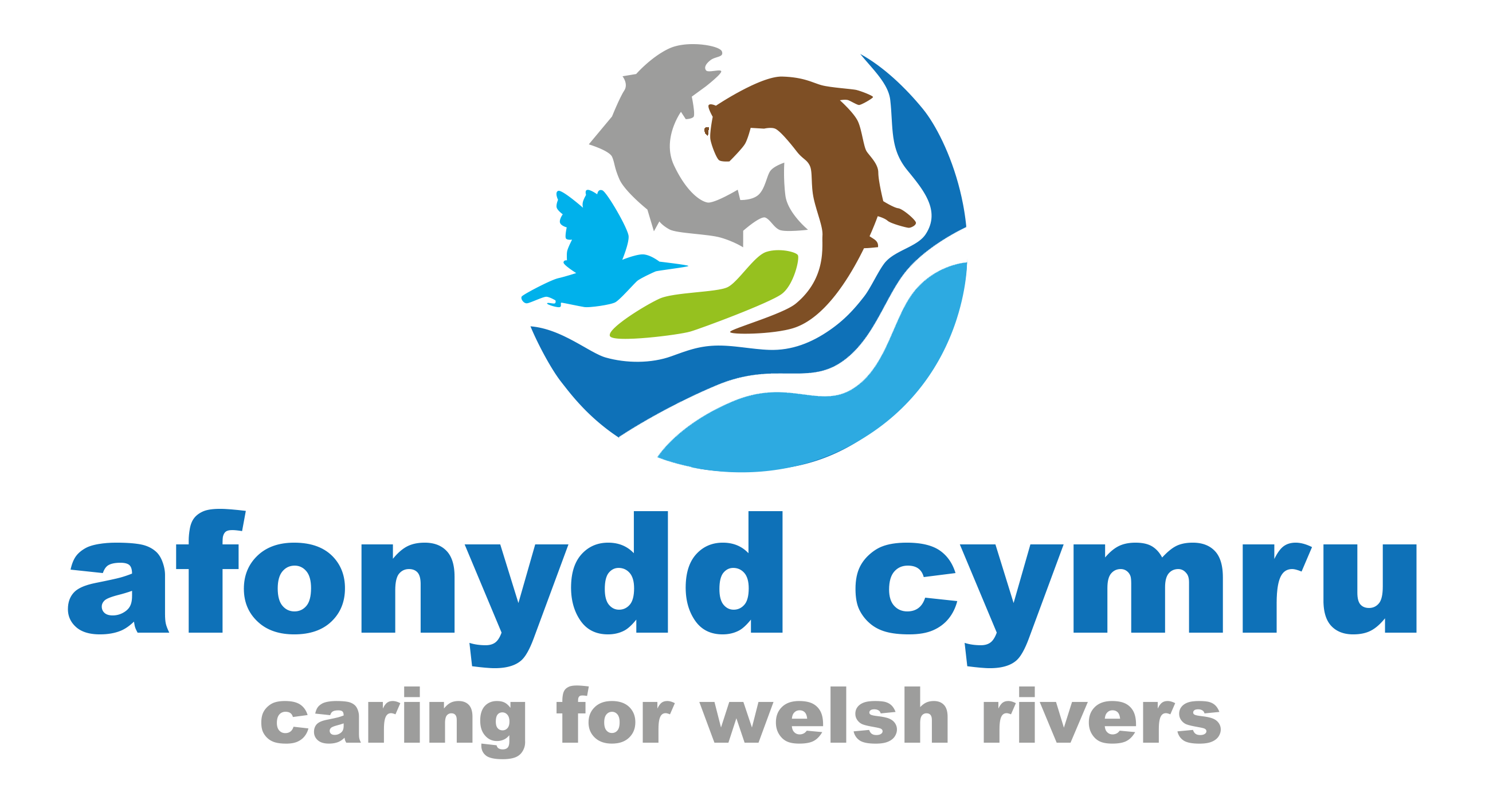
It is very concerning that by far the biggest single driver for new waterbody failure in these latest assessments was low fish numbers.

Welsh SAC river waterbody phosphate targets 2024 (red = failure, green = pass).

The Afon Gwyrfai, which is now failing its phosphate target.
Thursday 13th March, 2025
Natural Resources Wales has today published the latest water quality assessments for the nine Special Area of Conservation (SAC) in Wales, based on data collected from 2020 to 2023.
Also published are the latest Water Framework Directive results for all rivers across Wales in the same period.
The results show that overall, there has been no change in the number of waterbodies achieving good status since the last assessment in 2021 (40%).
The positives….
There is some good news. Natural Resources Wales points out that the number of SAC river waterbodies achieving their phosphate targets has increased from 39% to 50%. The lower Wye is now passing, meaning that the furthest downstream waterbody on this river will no longer be subject to nutrient neutrality restrictions.
Meanwhile, the neighbouring Usk has shown the most improvement in this period. It has gone from only 12% of its waterbodies achieving good or high status in 2021 to 54% in 2024.
The number of SAC river waterbodies achieving their phosphate targets has increased from 39% in 2019 to 50% in 2024.
However, there are also some areas of concern. Of the nine SAC rivers, the Eden and Gwyrfai are now failing their phosphate targets meaning that just two SAC rivers are passing compared to four in 2021.
Planning decisions in the Gwyrfai catchment will now be under nutrient neutrality restrictions as they are in most or all of the Wye, Usk, Teifi, Cleddau and Dee. Restrictions will not be applied in the other SAC river catchments of the Tywi, Glaslyn or Eden, in the latter’s case because the failure was recorded in just one sample.
And the already much beleaguered Cleddau deteriorated further in this period, replacing the Usk as the Welsh SAC with the highest percentage of failure. Just 33% of its waterbodies passed in 2021 but this has dropped to 28% in the latest assessments.
Perhaps the biggest elephant in the room is that despite claims of taking its environmental responsibilities very seriously, our regulator in Wales appears relieved, maybe even content that things have not got worse since 2021.
Nutrient levels continue to increase on some waterbodies and while we await the publication of the Nutrient Management Plans at the end of this month, it is clear Wales needs to remain focused on action to drive compliance further.
On some rivers the failures suggest that current management measures are not sufficient to deliver this change. In particular, those rivers which continue to decline are those influenced by agriculture, the sector that is still reliant currently upon voluntary measures to deliver the change.
Alongside this, continued lack of improvement across all of Wales raises questions as to whether the Water Framework Directive is working. Is this really the best we can do to protect river health?
Low Fish Numbers
Another concern is that the largest single driver for new waterbody failures in 2024 was depleted fish stocks. But we need much more detail on low fish numbers. Fish abundance in Welsh rivers will clearly be impacted by the wider water quality failure, but it reflects that focusing on SACs has led to further impact to species across all rivers.
And just as alarming, the second largest driver for new failures was cypermethrin. This powerful, highly toxic insecticide was banned as a sheep dip in 2006 in Wales partly because of its effects on aquatic ecology, especially invertebrates and fish. However, its use is still permitted in domestic pesticides and arable agriculture. Uncertified forestry operations (55% of all forestry in Wales) can use it too. Whatever the source, it is clear that current controls of this product are insufficient and more stringent management is needed in Wales, as was announced in the case of diazinon recently, another highly toxic insecticide.
But perhaps the biggest elephant in the room is that despite continuous claims of taking its environmental responsibilities very seriously, our regulator in Wales appears relieved, maybe even content that things have not got worse since 2021.
Even if you accept the 40% river waterbody pass figure (and we contest this) there are only two years remaining of the Water Framework Directive to achieve 100%. With 8%, 3% and 0% improvements for the directive’s three cycles so far, the chances of getting anywhere close to this appear slim at best.
